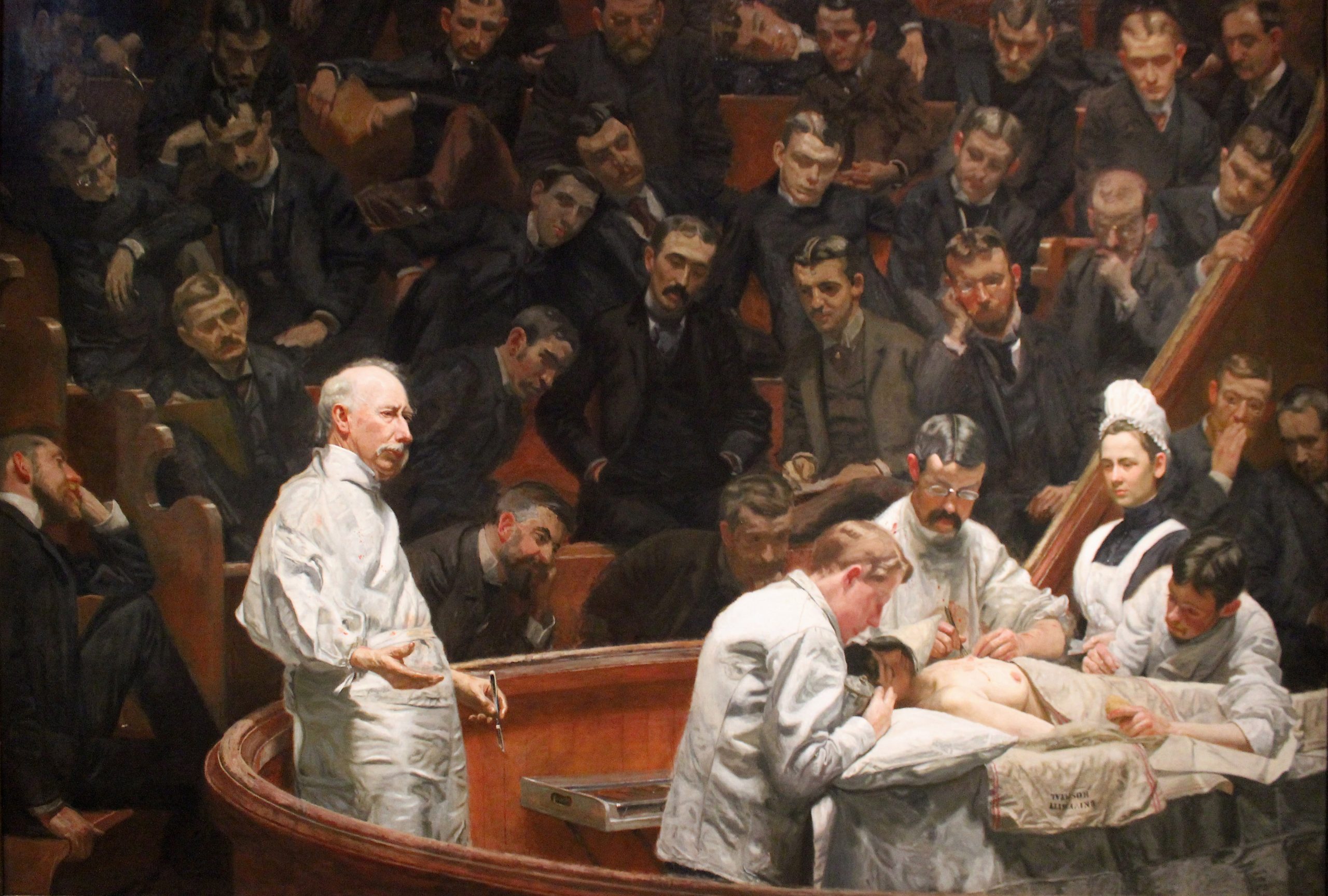Category Archives: Health
- Home
- Archive by category "Health" (Page 5)

Tomothérapie
There are several international standards for tomography manufacturers that ensure the safety, quality, and performance of tomography machines.
International Electrotechnical Commission Medical electrical equipment 60601 Part -2-44 sets requirements for the safety and performance of X-ray equipment used in diagnostic and therapeutic applications. This standard includes requirements for X-ray tube output, radiation dose limits, electrical safety, and mechanical safety, among other things.
National Electrical Manufacturers Association: Access Controls for Computed Tomography—Identification, Interlocks, and Logs. This title set standards for clinicians; including permissions to selected uses that are above those needed for daily routine scanning, such as the authorization to save protocols and adds provisions to secure the user interface based on a manual lock. Contains the functionality for use in a facility’s quality assurance program such as capturing operator and patient information as well as information related to saved changes in protocols.
International standards setting in this domain will gather pace as “medical tourism” — a term used to describe the practice of traveling to another country for medical treatment — gathers pace.
Gray Book
This content is accessible to paid subscribers. To view it please enter your password below or send mike@standardsmichigan.com a request for subscription details.
Negative Impacts of Using the Internet Among Nursing Students
Emerging Technologies and the Negative Impacts of Using the Internet Among Nursing Students
Atallah Alenezi, et al
College of Applied Medical Science, Shaqra University, Riyadh, Kingdom of Saudi Arabia
Abstract: World wide Web or the internet is gaining more challenges and has been one of the most exciting major events in the second half of the 20th century and has brought negative impact that cannot be ignored. Aim of this study is to develop solutions to deal with negative impacts of using internet among nursing students in a government university. Design, descriptive methodological design (cross-sectional) to achieve the study objectives. Setting, sample of 185 undergraduate male and female nursing students from three campuses of applied medical sciences college of Shaqra university. Results, 75.7% of students ages ranged from 20–25, health impacts came at the first level of negative impacts of using internet and got arithmetic mean (32.74), and no statistically significant correlation between student’s personal characteristics regarding the negative impacts of using the internet.
Helena Theurer Pavilion
This content is accessible to paid subscribers. To view it please enter your password below or send mike@standardsmichigan.com a request for subscription details.
Medical Instrumentation
Most US states have marquee medical research and clinical delivery enterprises; most of them associated with one or more research universities. In many cases, these enterprises deliver the bulk of revenue to the university system; a topic we cover separately every month during our Healthcare teleconferences (See our CALENDAR).
Save for power and information and communication technology, the safety and sustainability requirements for university-affiliated healthcare systems are virtually identical to private, for-profit healthcare systems; even those for-profit systems that appropriate the word “university” in order to secure their brand. To be fair, most of them are “teaching hospitals”, though the medical profession (like most other professions) are always teaching. Conversely, many universities have close financial ties to for-profit healthcare systems. Students learn from off-campus clinical experience.
Both entities benefit from the possibility that cutting edge research is only footsteps away from the patient bed; and vice-versa — especially in cases where the university-affiliated hospital is the location for compassionate “right-to-try” treatment. University-affiliated hospitals have a statistical profile that should be understood in light of being the locus of last-resort treatment.
The AAMI bears the imprimateur of very well-financed non-profit organization; as one might expect for an organization servicing an industry that is about 25 percent of United States gross domestic product. The landing page for its standards catalog is linked below:
It is based in Arlington, Virginia, a city close to Washington D.C. that is home to many, many non-profit organizations. We maintain the AAMI catalog on the standing agenda of our Health colloquia. We also collaborate with the IEEE Education & Healthcare Facilities Committee and the IEEE Engineering in Medicine and Biology Society on a selection of healthcare electrotechnology issues related to medical instrumentation. See our CALENDAR for the next online meeting; open to everyone. All war stories and data — even anecdotal, messy data — are welcomed.
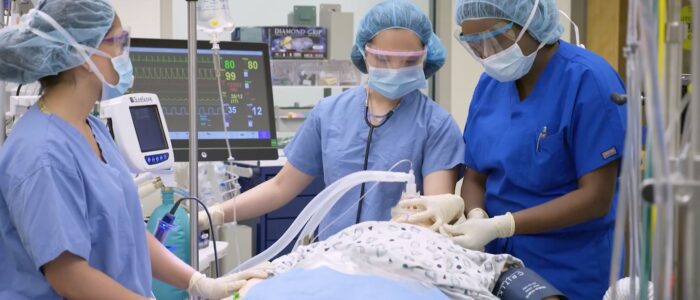
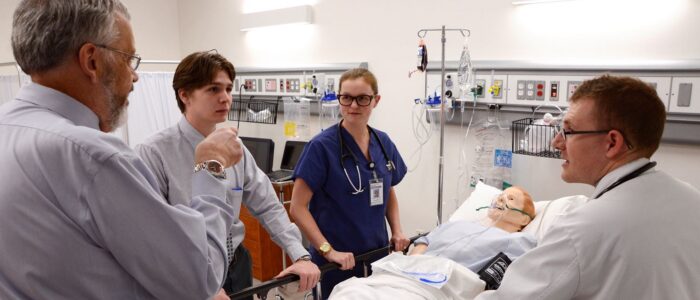
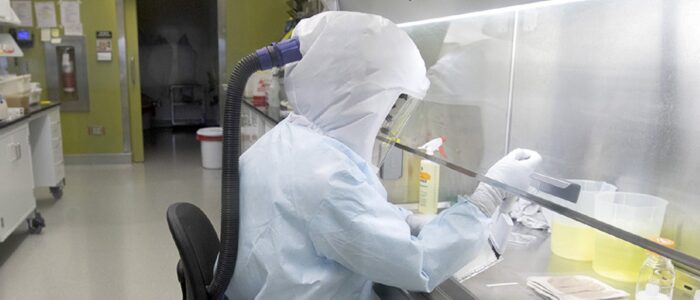
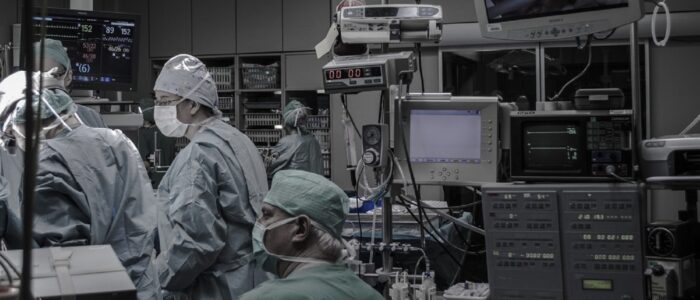
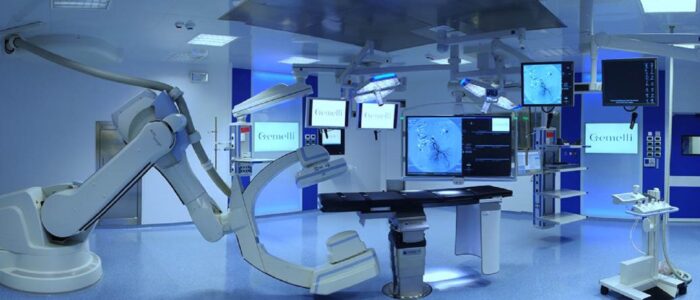
Issue: [Various]
Category: Academics, Healthcare Technology, Electrical, ICT
Colleagues: Mike Anthony, Robert G. Arno, Neal Dowling, Matt Dozier, Jim Harvey, Guiseppe Parise, Luigi Parise, Walt Vernon
New update alert! The 2022 update to the Trademark Assignment Dataset is now available online. Find 1.29 million trademark assignments, involving 2.28 million unique trademark properties issued by the USPTO between March 1952 and January 2023: https://t.co/njrDAbSpwB pic.twitter.com/GkAXrHoQ9T
— USPTO (@uspto) July 13, 2023
Standards Michigan Group, LLC
2723 South State Street | Suite 150
Ann Arbor, MI 48104 USA
888-746-3670










